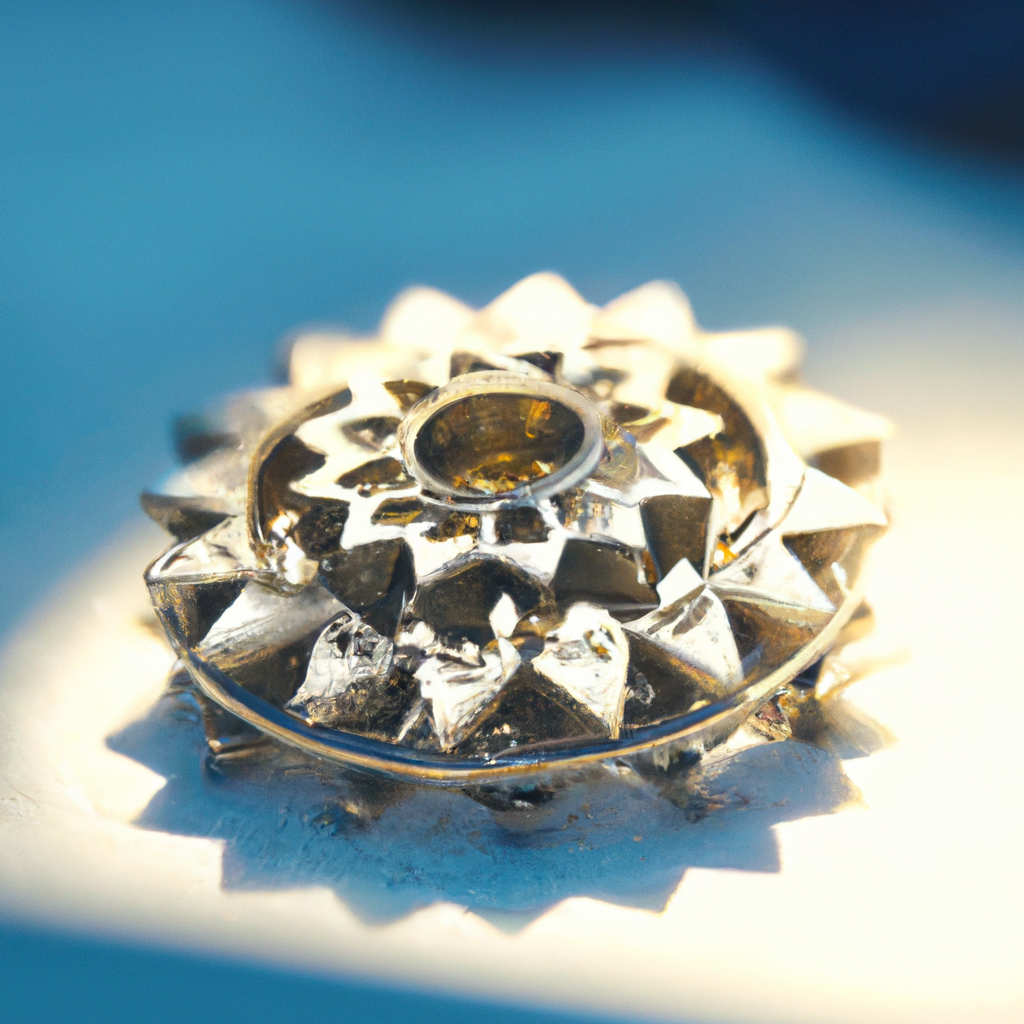Jewelry making has been a part of human culture for centuries, and one of the most fascinating techniques involved in creating jewelry is embossing. Embossed jewelry is considered an art form that involves creating raised designs on the surface of metals. This article aims to provide a comprehensive guide to the techniques involved in creating embossed jewelry, from the basics of metalworking to the nuances of jewelry design and fabrication.
The Basics of Metalworking

Metalworking is the foundation of creating embossed jewelry. Before embossing, it’s essential to understand the properties of metal and how it reacts to different tools and techniques. Here are the basic steps involved in metalworking:
1. Cutting: This involves cutting the metal into the desired shape and size using a saw or a cutting tool.
2. Filing: Once the metal is cut, it’s filed to remove any rough edges or burrs.
3. Annealing: Annealing is the process of heating the metal to a specific temperature and then allowing it to cool slowly. This process makes the metal more malleable and easier to work with.
4. Texturing: Texture is added to the metal using different tools and techniques, such as hammering, stamping, or rolling.
Embossing Techniques
Once the metal is textured, it’s ready for embossing. Here are some of the techniques involved in creating embossed jewelry:
1. Repoussé: Repoussé is a French word that means “pushed back.” It’s a technique that involves pushing the metal from the backside to create a raised design on the front. This technique is ideal for creating intricate designs and patterns.
2. Chasing: Chasing is the opposite of repoussé. It involves pushing the metal from the front to create a raised design on the back. This technique is ideal for creating designs with more depth and dimension.
3. Die-striking: Die-striking involves using a die or a stamp to create a raised design on the metal. This technique is ideal for creating precise designs and patterns.
4. Hammering: Hammering is a basic embossing technique that involves using a hammer and a punch to create a raised design on the metal. This technique is ideal for creating simple designs and patterns.
Jewelry Design and Fabrication
Once the metal is embossed, it’s time for jewelry design and fabrication. Here are the basic steps involved in creating embossed jewelry:
1. Design: The first step in creating embossed jewelry is designing the piece. This involves sketching the design and deciding on the materials and techniques to be used.
2. Fabrication: Once the design is finalized, it’s time to fabricate the jewelry. This involves soldering, polishing, and finishing the metal to create the final piece.
3. Finishing: The final step in creating embossed jewelry is finishing. This involves adding any final touches, such as stones, beads, or other embellishments.
Conclusion
Embossed jewelry is a beautiful and unique art form that requires a combination of metalworking, jewelry crafting, and jewelry artistry skills. By understanding the basics of metalworking, the techniques involved in embossing, and the steps involved in jewelry design and fabrication, it’s possible to create stunning handmade jewelry that is both beautiful and functional. Whether you’re a beginner or an experienced jewelry maker, the techniques involved in creating embossed jewelry are sure to inspire and delight.






